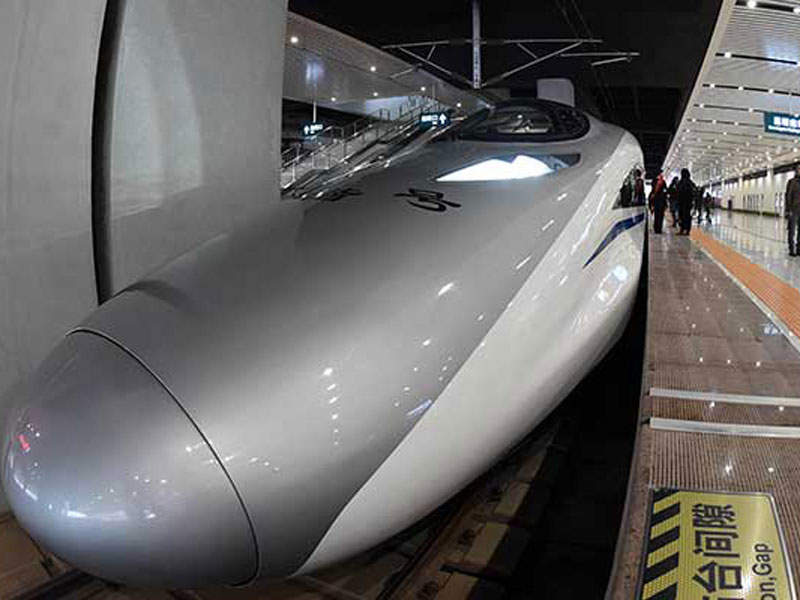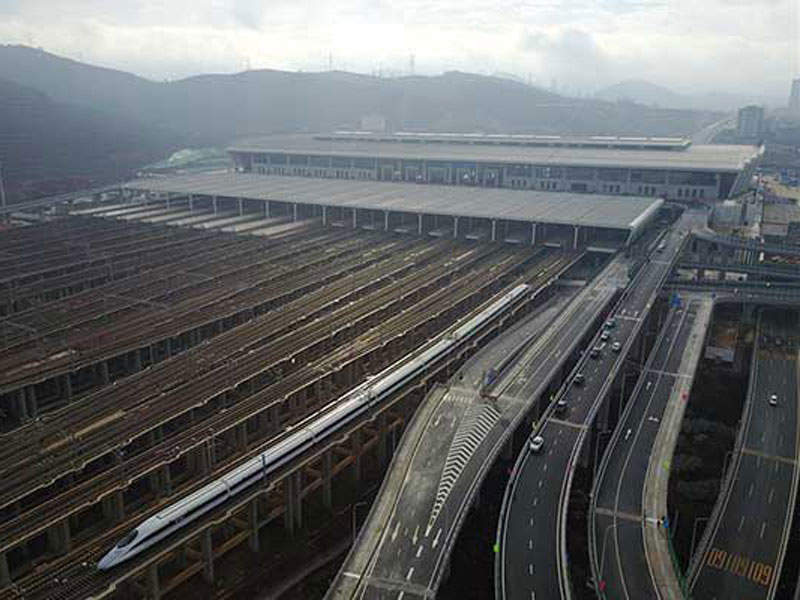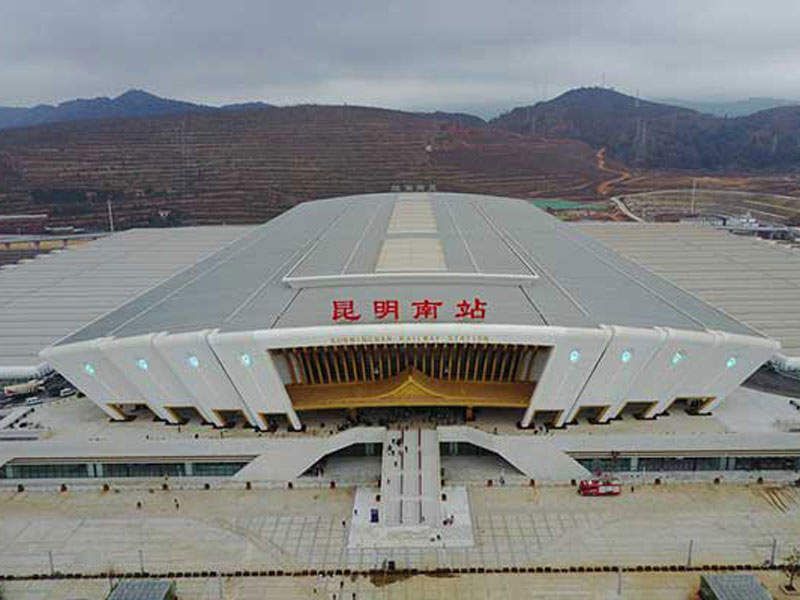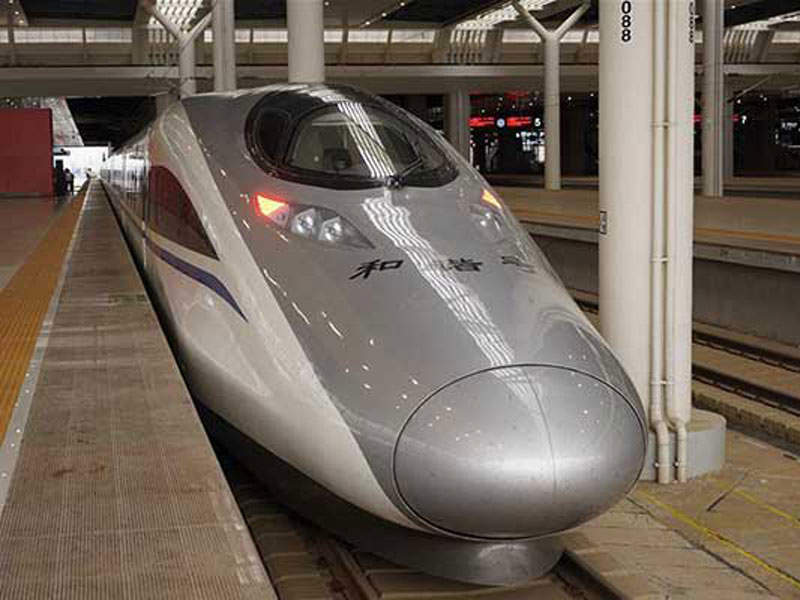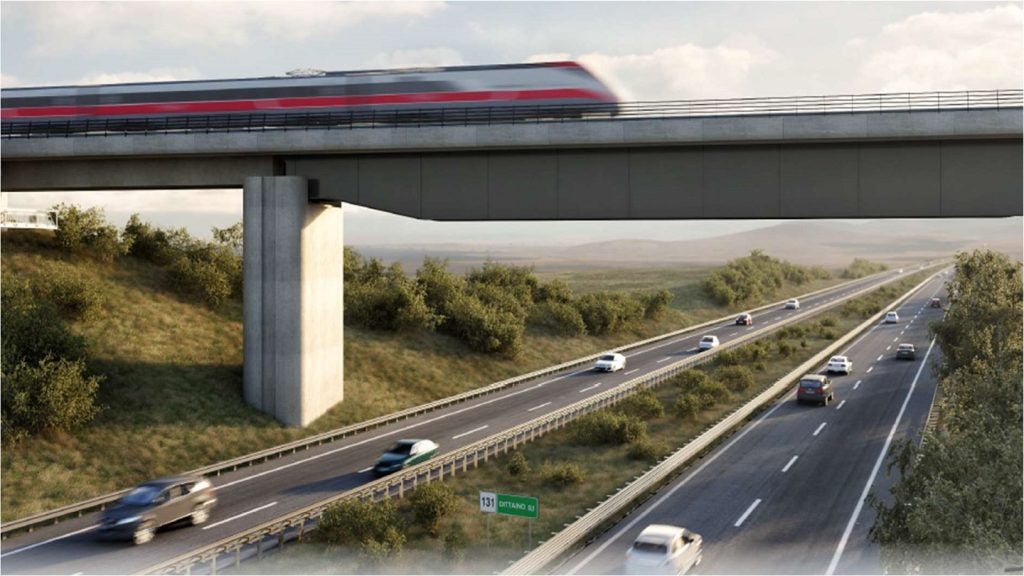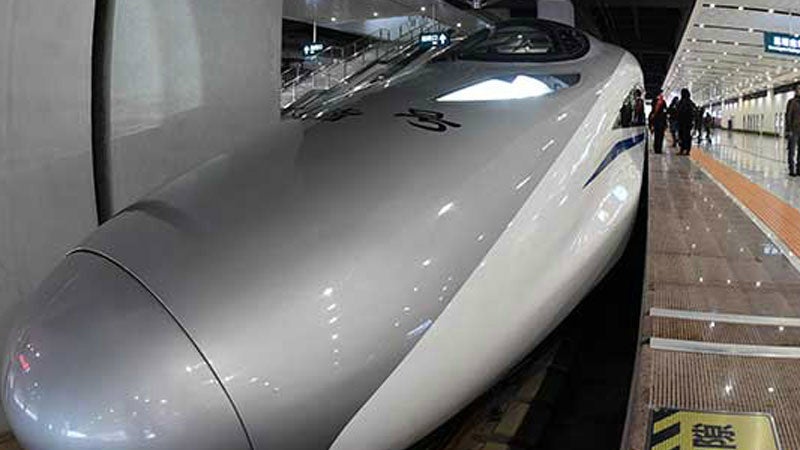
The Shanghai-Kunming railway project involved the construction of a new 2,252km-long high-speed rail line in the People’s Republic of China. The line became fully operational with the opening of the final section between Guiyang and Kunming in December 2016.
The line connects Shanghai in East China and Kunming in south-west China through the provinces of Zhejiang, Jiangxi, Hunan, Guizhou and Yunnan. Passing through the major Chinese cities of Hangzhou, Nanchang, Changsha and Guiyang, it reduces the journey time between Shanghai and Kunming from 34 to 11 hours.
Shanghai-Kunming high-speed railway project details
The project formed part of China’s high-speed railway construction plan, which aims to develop up to 30,000km of high-speed railway by 2020. It is also one of the four east-west corridors of the Chinese high-speed rail network. The project was executed in multiple phases covering the development of three major segments.
The first segment between Shanghai and Hangzhou, measuring 202km long and including 11 stations, was opened for passengers in October 2010. The 921km-long second section of the Shanghai-Kunming line links Hangzhou with Nanchang and Changsha, passing through 21 stations along the route. The line became operational in December 2014.
The final stretch of the Shanghai-Kunming corridor extends across Changsha and Kunming. The 1,167km-long corridor includes three sections, namely Changsha-Xinhuang, Xinhuang-Guiyang and Guiyang-Kunming. The first section became operational in December 2014, followed by the second and third in June 2015 and December 2026 respectively. The Changsha-Kunming high-speed corridor includes 25 stations.
Construction
Preliminary construction on the eastern corridor started in 2006, while construction began on the section between Shanghai and Hangzhou in late 2008 and was concluded in 2010. The survey works began on the Hangzhou-Changsha section in June 2009, while construction commenced in December 2009. The electrification of the line began in April 2013 and was completed by 2014.
Construction on the Changsha-Kunming section officially began in September 2010. The first segment between the south of Changsha and west of Xinhuang was completed in 2014. The second segment from Xinhuang West to Guiyang North was built in 2015, while the last segment between Guiyang and Kunming was constructed in 2016.
Construction on the Yunnan section of the high-speed line began in September 2010 and was completed in the first half of 2016. The works involved the installation of prefabricated girders and completion of approximately 186km of tracks and four new stations.
Rolling stock for the Shanghai-Kunming high-speed line
The Shanghai-Kunming high-Speed rail line supports the operations of CRH380A and CRH380AL series of electric high-speed trains supplied by CSR Qingdao Sifang Locomotive & Rolling Stock. The CRH380A carries eight coaches, while the CRH380AL includes 16 car sets.
The CRH380A/CRH380AL trains run at a speed of 350km/h and designed to function at speeds up to 380km/h. Designed for 350km/h operation, the line initially limits the trains to operate at a speed of up to 330km/h.
Shanghai Railway Bureau, Nanchang Railway Bureau and Chengdu Railway Bureau operate a fleet of CRH380A trains on the Shanghai-Kunming high-speed railway.
Contractors involved with the Chinese high-speed rail line
China Railway Construction received contracts worth $5.74bn for the construction of various sections of the Shanghai-Kunming high-speed railway. The contract involved the construction of a section between Kunming and Changsha in Hunan province, and a portion of the Shanghai-Kunming railway in Guizhou province.
HJI Group was awarded a $11.3m worth contract to provide construction supervision services for a 559km-long section located in Guizhou Province. The segment includes 12 stations and a number of bridges and tunnels.

